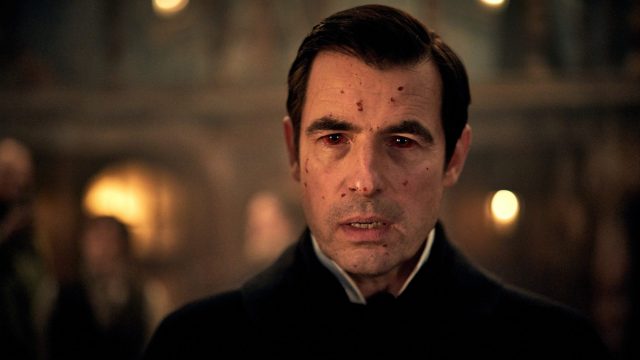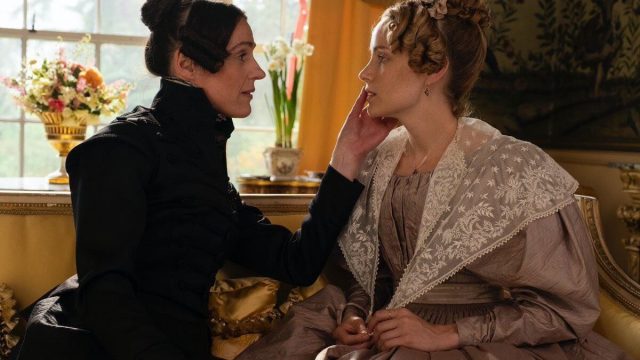Kevin Horsewood – Technicolor

Credits: Sherlock; Black Mirror, Dracula, Poldark, Gentleman Jack, A Midsummer Night’s Dream, Troy: Fall of a City, Merlin, Hustle, Spooks
Hopefully I’ll get involved as soon as the DoP is on board. The earlier the better, to get as much prep done as possible before the production starts rolling. Ideally, we collaborate beforehand talking about the look and what they want the project to emote. Going through reference materials really helps. Then I’ll create the LUTs and do the tests before the shoot. Once shooting I try to get on location early to see what they are trying to achieve on the ground. That can often give valuable insight into how the location is lit and helps to highlight any potential issues that can be solved easily on set, rather than as part of a complex post-production fix. And we then continue to stay in touch during production, again to create an easier process when we get to “post.”
It helps to have a solid working relationship with a DoP. I’ve worked with some names for 20-odd years, so we have a good understanding of how we both work. You have to take a different approach with new clients. I think the key is to always be listening, open to new ideas and prepared for the occasional curveball!

My inspiration comes from my father. He was a photographer and I spent many years in the dark room learning about photography, colour and shading. Realising that you could change the look and, more importantly, the feel of an image using quite simple techniques was a revelation that’s always stayed with me. That feeling has helped to guide me through my career. That’s why I admire directors like Ridley Scott and DP’s like Roger Deakins, who have a knack for creating distinctive looks that draw you in to the story before a word of dialogue has been spoken.
I think there is lots of variety in grading at the moment, which is good and exciting to see. The explosion in streaming studios has really opened up the field to new talent, who bring a different perspective and approach. For me, texture is important in the grade. On some grades I find a film stock grain compliments the material, although I found on my last job the Sony Venice with anamorphic lenses looked fantastic and had a filmic texture feel already.

HDR gives me the capability of achieving a far greater tonal range in the colour palette. Having a greater degree of range and therefore control in highlight details represents an exciting challenge for colourists, allowing us to explore new looks.
There’s a saying that I first heard when I was new to grading, which is still applicable today. “What do you want your film to say, rather than how do you want it to look.” If you can do this then you are on to a good grade.
You need patience above all! The ability to read the room is vital– knowing when to drive a grade with suggestions and when to be part of a collaboration. Keeping a calm, creative and cheerful atmosphere in the grading suite along with good food and refreshments is equally important. No one does their best work when they’re hungry and thirsty!
Staff Reporter
Share this story

















